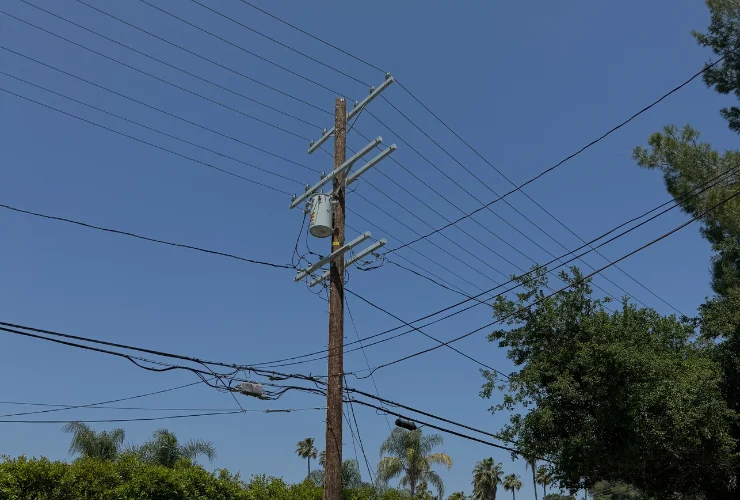
Stronger Together: How Utilities and Attachers Can Accelerate Broadband Deployment

The New Reality for Joint Use
Joint use has always been a balancing act between utilities and attachers. With Broadband Equity, Access, and Deployment (BEAD) unlocking billions in federal funding, that balance is under more pressure than ever. Every project depends on timely pole access. Delays in make ready or joint use coordination risk not only construction timelines but also federal dollars and community expectations. At the same time, the Federal Communications Commission (FCC)’s new pole attachment rules are reshaping how utilities and attachers must coordinate, adding more structure—and urgency—to the process.
Where the Friction Comes From
Joint use challenges often stem from:
- Communication gaps when utilities and attachers follow different schedules and priorities.
- Incomplete or inconsistent data that undermines clearance checks, pole loading, and design accuracy.
- Process complexity as utilities juggle National Electrical Safety Code (NESC) compliance, FCC timelines, and state regulations.
With BEAD funding and new FCC oversight, these issues now carry higher stakes. A missed deadline or an inaccurate dataset can put entire projects in jeopardy.
Building Stronger Partnerships
From our experience, stronger partnerships come from three principles:
1. Transparency Through Data
- Accurate field surveys and pole loading analysis give everyone confidence that designs are safe and compliant. For BEAD-funded builds, data accuracy is essential to avoid redesigns that could threaten funding and timelines.
2. Standardized Processes
- Joint use will always be complex, but it should not be unpredictable. Clear standards for applications, billing, inspections, and compliance reviews create consistency. Embedding regulatory timelines into workflows keeps projects aligned and avoids last-minute disputes.
3. Shared Outcomes
- Utilities must protect safety and reliability. Attachers need speed to market. Both succeed when they focus on the shared goal of expanding reliable service to communities.
The Role of Project Management
Effective project management brings structure and accountability to joint use by ensuring:
- Engineering reviews are thorough — clearance checks, guying requirements, and pole loading addressed up front.
- Applications flow smoothly from intake through permitting and construction release.
- Stakeholders stay informed, reducing surprises.
- Regulatory requirements are met, aligning with BEAD funding expectations and utility standards.
Strong project management coordinates technical accuracy and stakeholder collaboration, helping both utilities and attachers achieve their goals.
Why It Matters
The stakes for joint use have never been higher. BEAD funding represents a once-in-a-generation opportunity to expand broadband, but only if deployment keeps pace. Utilities and attachers that treat joint use as a partnership, supported by accurate data and disciplined processes, will be best positioned to succeed.
At Sigma Technologies, we believe bridging the gap in joint use partnerships is essential to accelerating broadband deployment. By combining technical expertise, regulatory alignment, and proactive project management, we help utilities and internet service provider (ISP) attachers navigate BEAD and deliver stronger infrastructure for the future.
Let’s connect at the WEI 2025 Joint Use Conference and discuss how we can help you drive your next project forward! Stop by the vendor exhibition or set up time with us during the show by dropping us an email at marketing@teamsigma.com.

By MATT HILTON, COO
As one of Sigma Technologies’ two Chief Operating Officers, Matt Hilton oversees key operational functions across the power and telecom divisions. His role includes guiding project management and broader initiatives that strengthen Sigma’s delivery and long-term customer partnerships.